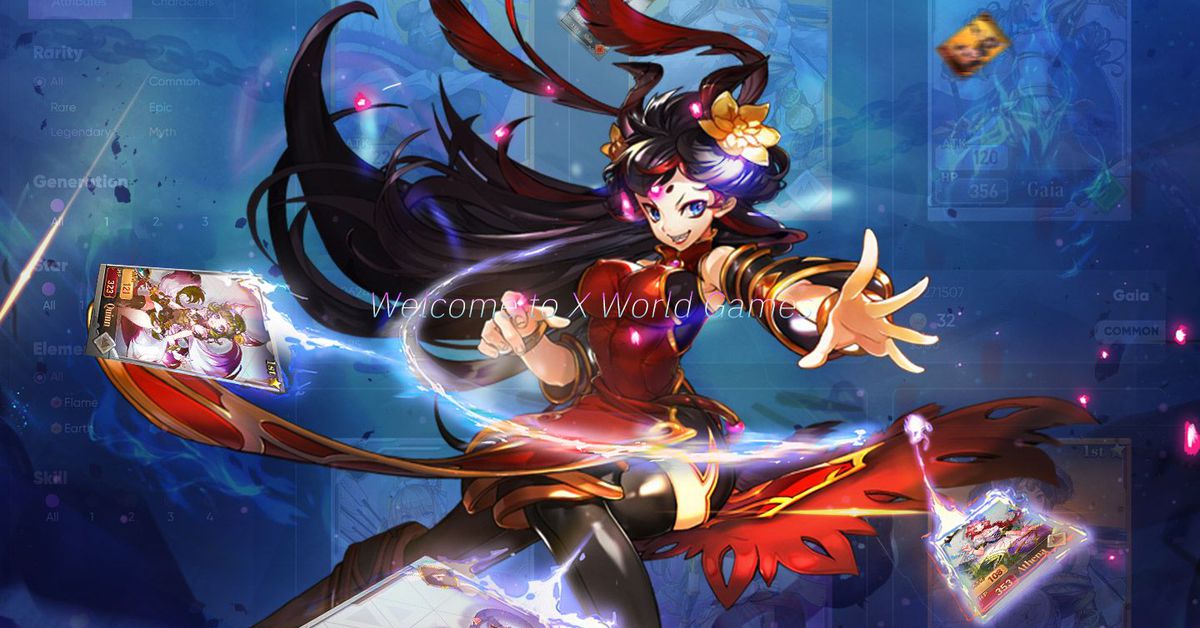A New Asset Class: NFTs Set to Take Off

The history of alternative assets goes something like this: Someone creates something useful and then people realize these can be invested. Commodity futures, for instance, were invented as a way for farmers to lock in prices ahead of a harvest; 70 years later, the global derivatives market is worth hundreds of trillions of dollars. Musicians’ royalties were initially just a legal way for performers to ensure they got paid whenever their recorded music was played; now investment funds like Hipgnosis buy these royalty streams for hundreds of millions of dollars.
This dynamic repeats itself over and over again, from baseball card collecting to sports betting. The latest alternative asset class to emerge is non-fungible tokens (NFTs) and the wider GameFi ecosystem.
What perhaps makes the emergence of NFTs more profound than other alternative asset classes is the timing. The world is still gripped by volatility, uncertainty, complexity and ambiguity. A fourth wave of COVID is spreading around the world, bringing with it more economic disruption. Energy prices are spiraling and clogged up shipping is leading to an acute shortage of goods, all while companies report increasing rates of resignation and nobody to fill the subsequent vacancies. Interest rates are still at rock bottom despite galloping inflation.
In times of crisis, new asset classes emerge, forged on the anvil of necessity. Now, the nascent ecosystem around gaming NFTs is growing rapidly. What makes it so interesting is that it reflects the historical pattern of innovation-then-investment that leads to a new asset class. The innovation has come with the creation of blockchain-based gaming, with the play-to-earn model rapidly replacing the pay-to-play model. The gaming assets that then get created have a real and tangible value, despite only existing intangibly. Why? Because people want them to play games with.
But something curious is also going on. While there are numerous blockchain and crypto game developers, very few of them actually have a game. X World Games (XWG) not only has a game out but has also made it available across platforms. Available on both web (blockchain) and mobile platforms, Dream Card is the first game that bridges Web 2.0 and Web 3.0. Moreover, Dream Card 1.0 and Dream Card 2.0 cover both player vs. player (PvP) and player vs. environment (PvE) modes as well as mobile and PC ends while remaining coherent with all in-game assets being transferrable. Dream Card is free to play, unlike other games that force a deposit of a rather large figure to join the fun. Players of Dream Card 2.0 play to earn, creating value in the process.
With its products already shaping up its metaverse and ecosystem, XWG’s user stats are soaring. It saw a 428% surge in active users after introducing NFT staking and is now one of the top 10 Binance Smart Chain (BSC) games according to data from DappRadar.
Dream Card 2.0 will feature 22 new Heroes in five roles, adding on top of the pre-existing 40 Heroes in Dream Card 1.0. Moreover, players will get to experience Dream Card 2.0 with enhanced gameplay and earning mechanisms: Players can now purchase NFT assets according to their preferences – could be a monster, a piece of land or even a set piece in the plot. Such purchases would in turn benefit players with lasting revenues generated by and in positive correlation with the game plots playing volume. On top of that, participating in each and every level of game plot will generate and reward the player a lottery ticket that’s designed for getting a chance to win their share at the Prize Pool.
Size and liquidity are important, as with any alternative asset class; the number of holders/buyers are always key factors for value.
As with any alternative asset class, it makes the most sense to own the infrastructure that supports it, as well as the assets – for example, commodity exchanges as well as the derivatives they host. XWG’s platform and its native token, along with the NFTs on its games, are the same: three different but complementary aspects of the whole ecosystem. Taken together they form the basis of a whole new asset class that’s bound to take off – again and always – first come, first served.
